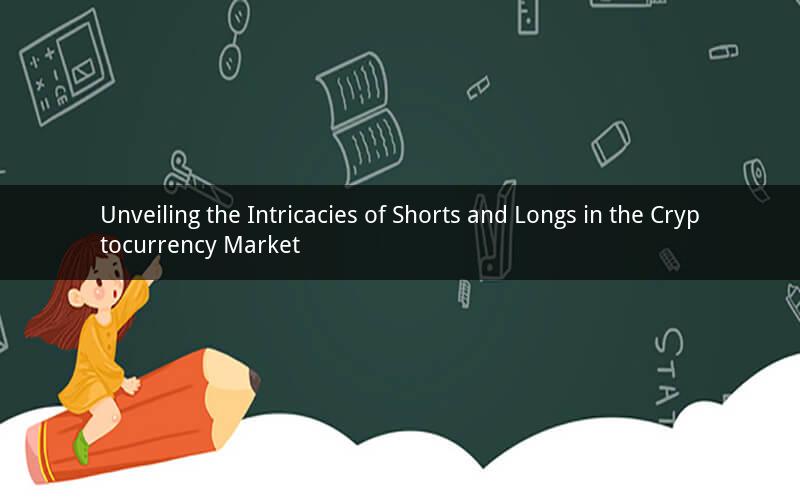
In the world of cryptocurrencies, there exists a unique set of strategies that traders use to capitalize on market movements. Two of the most popular and fundamental strategies are shorting and longing. Understanding the dynamics behind these strategies can significantly enhance your trading skills and decision-making process. This article aims to delve into what shorts and longs are in the crypto market and how they can be effectively utilized.
Shorts and Longs: A Basic Overview
Shorting and longing are essentially two contrasting trading strategies that traders employ to profit from market movements. While longing involves buying an asset at a low price and selling it at a higher price, shorting is the act of selling an asset that you do not own, with the expectation of buying it back at a lower price in the future.
Longing is considered a bullish strategy, as it assumes that the price of the asset will rise over time. Conversely, shorting is a bearish strategy, as it assumes that the price of the asset will fall.
The Mechanics of Longing
Longing in the cryptocurrency market involves purchasing a digital asset at a current price with the expectation that its value will increase in the future. Once the price of the asset has appreciated, the trader sells it at a higher price, thereby earning a profit.
For instance, if a trader believes that Bitcoin will rise in value, they can purchase Bitcoin at its current market price. As the price of Bitcoin increases, the trader can sell their Bitcoin at the higher price, thereby profiting from the price difference.
The Mechanics of Shorting
Shorting, on the other hand, is a strategy used by traders who believe that the price of an asset will decrease. To short an asset, a trader borrows the asset from a broker or lender and sells it at the current market price. The trader then waits for the price to fall, buys the asset back at the lower price, and returns it to the lender, pocketing the difference as profit.
For example, if a trader predicts that Ethereum's price will decline, they can borrow Ethereum from a broker and sell it at the current market price. As the price of Ethereum falls, the trader buys it back at the lower price, returns it to the lender, and keeps the difference as profit.
The Risks and Rewards of Shorts and Longs
While longing and shorting offer the potential for significant profits, they also come with their own set of risks and rewards.
Longing carries the risk of a falling market, as the trader is exposed to the possibility that the asset's price may decrease instead of increasing. However, longing can be less risky when compared to shorting, as the trader is only at risk for the amount invested in purchasing the asset.
Shorting, on the other hand, can be riskier, as the trader is exposed to the possibility of the asset's price skyrocketing. In this case, the trader would need to buy the asset back at a much higher price, resulting in a substantial loss. Additionally, shorting can be more expensive due to the fees associated with borrowing and returning the asset.
1. What is the primary difference between longing and shorting in the cryptocurrency market?
Longing involves buying an asset at a low price and selling it at a higher price, while shorting involves selling an asset that you do not own, with the expectation of buying it back at a lower price in the future.
2. Can longing be considered a more conservative trading strategy compared to shorting?
Yes, longing can be considered more conservative, as the trader is only at risk for the amount invested in purchasing the asset, whereas shorting involves the potential for unlimited losses if the asset's price skyrockets.
3. What are some of the risks associated with shorting in the cryptocurrency market?
The primary risk associated with shorting is the potential for unlimited losses if the asset's price skyrockets. Additionally, shorting can be more expensive due to borrowing and returning fees.
4. How can a trader effectively manage their risk when longing or shorting in the cryptocurrency market?
Traders can manage their risk by setting stop-loss orders, which automatically sell the asset if the price falls below a certain level. Additionally, diversifying their portfolio and staying informed about market trends can help minimize risk.
5. What are some of the advantages of using longing and shorting strategies in the cryptocurrency market?
The advantages of using longing and shorting strategies include the potential for significant profits, the ability to capitalize on both rising and falling markets, and the ability to hedge against potential losses in other investments.
In conclusion, longing and shorting are two essential strategies that traders use to capitalize on market movements in the cryptocurrency market. By understanding the mechanics and risks associated with these strategies, traders can make more informed decisions and potentially enhance their profitability.